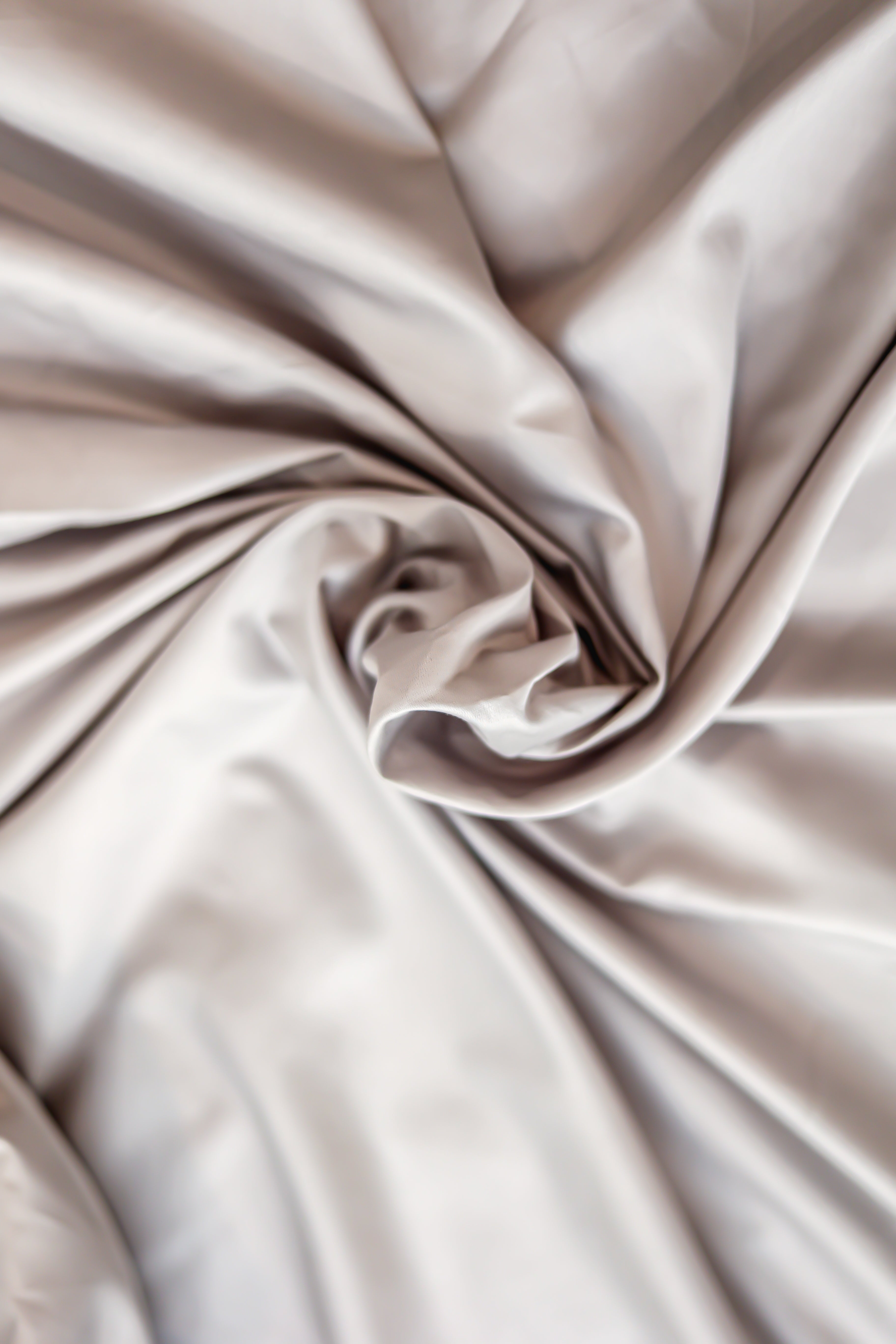The Myth of Thread Count: Unraveling the Truth Behind Luxurious Bedding
Intro
When it comes to bedding, thread count has long been regarded as a measure of quality and luxury. For years, consumers have been led to believe that a higher thread count equates to superior comfort and durability. However, as we delve into the world of textiles and bedding, it becomes evident that the obsession with thread count might just be a marketing gimmick rather than a reliable indicator of true luxury. In this blog, we will unravel the myth of thread count and explore what truly makes for a luxurious and comfortable sleep experience.
Understanding Thread Count
Thread count refers to the number of vertical and horizontal threads per square inch in a woven fabric. Traditionally, higher thread counts were associated with finer yarns and tighter weaves, creating a
smoother and softer feel. Athread count of 400 or above was deemed as the pinnacle of luxury, promising a heavenly slumber.
Marketing Hype vs. Reality
As the demand for high thread count products grew, manufacturers began to employ creative tactics to inflate these numbers artificially. They started using multi-ply yarns, where several thin threads were twisted together to create a thicker thread, subsequently boosting the thread count. Consequently, a product labeled as having a 1000 thread count might not actually be woven with 1000 individual threads per square inch. This marketing hype deceived consumers, leading them to believe they were purchasing superior bedding, when in reality, the quality was questionable.
Focus on Quality Materials
Rather than obsessing over thread count, it is crucial to shift our attention to the quality of materials used in the bedding. The type of fiber, yarn size, and weaving technique are far more important factors determining the comfort and longevity of the sheets. Luxurious bedding can be made from various materials such as Egyptian cotton, Supima cotton, linen, and silk, each offering its own unique benefits. Egyptian cotton, for instance, is prized for its long-staple fibers, producing a soft and durable fabric.
Weave Matters
In addition to the material, the weave of the fabric plays a significant role in the overall feel and performance of the bedding. Percale and sateen are two popular weaves, each offering a distinct experience. Percale provides a crisp, cool, and breathable feel, ideal for hot sleepers, while sateen offers a silky smooth surface, perfect for those seeking a more lustrous finish.
The Role of Thread Count in Specific Fabrics
While thread count might not be the ultimate indicator of quality, it can still play a role in specific fabrics. For instance, a lower thread count percale can feel just as luxurious as a higher thread count sateen, thanks to the fabric's inherent characteristics. Understanding the relationship between thread count and
fabric type allows consumers to make informed decisions when choosing their bedding.
Conclusion
In conclusion, the myth of thread count has been perpetuated by marketing campaigns, leading consumers to prioritize quantity over quality. However, the truth lies in the thoughtful combination of materials, weave, and the overall construction of the fabric. Instead of getting fixated on high thread counts, buyers should focus onpurchasing bedding made from premium materials with a weavethat aligns with their preferences. By being informed consumers, we can finally dispel the thread count myth and embrace the joy of genuine comfort and luxury in our slumber. Sleep well, and sleep soundly!





